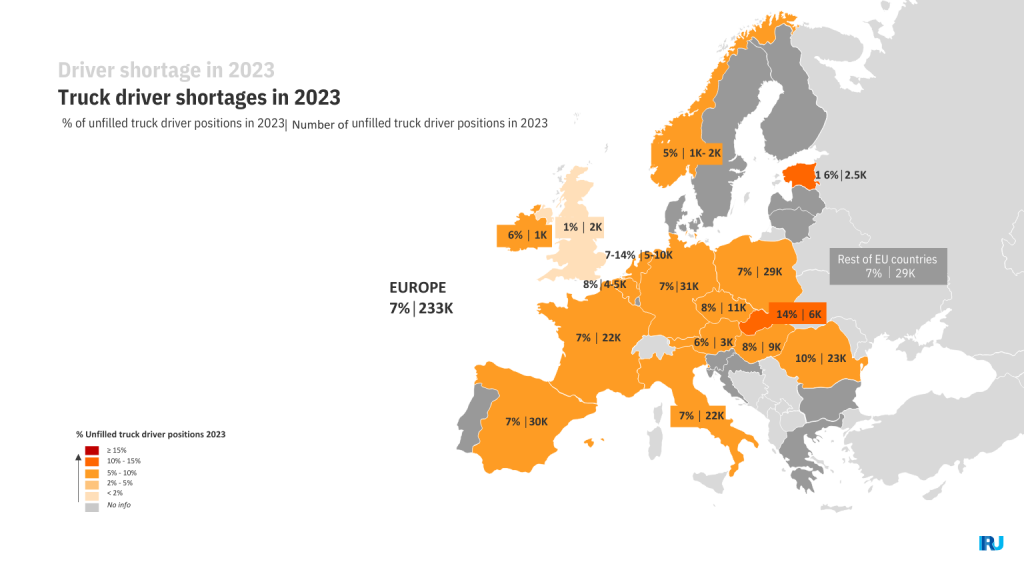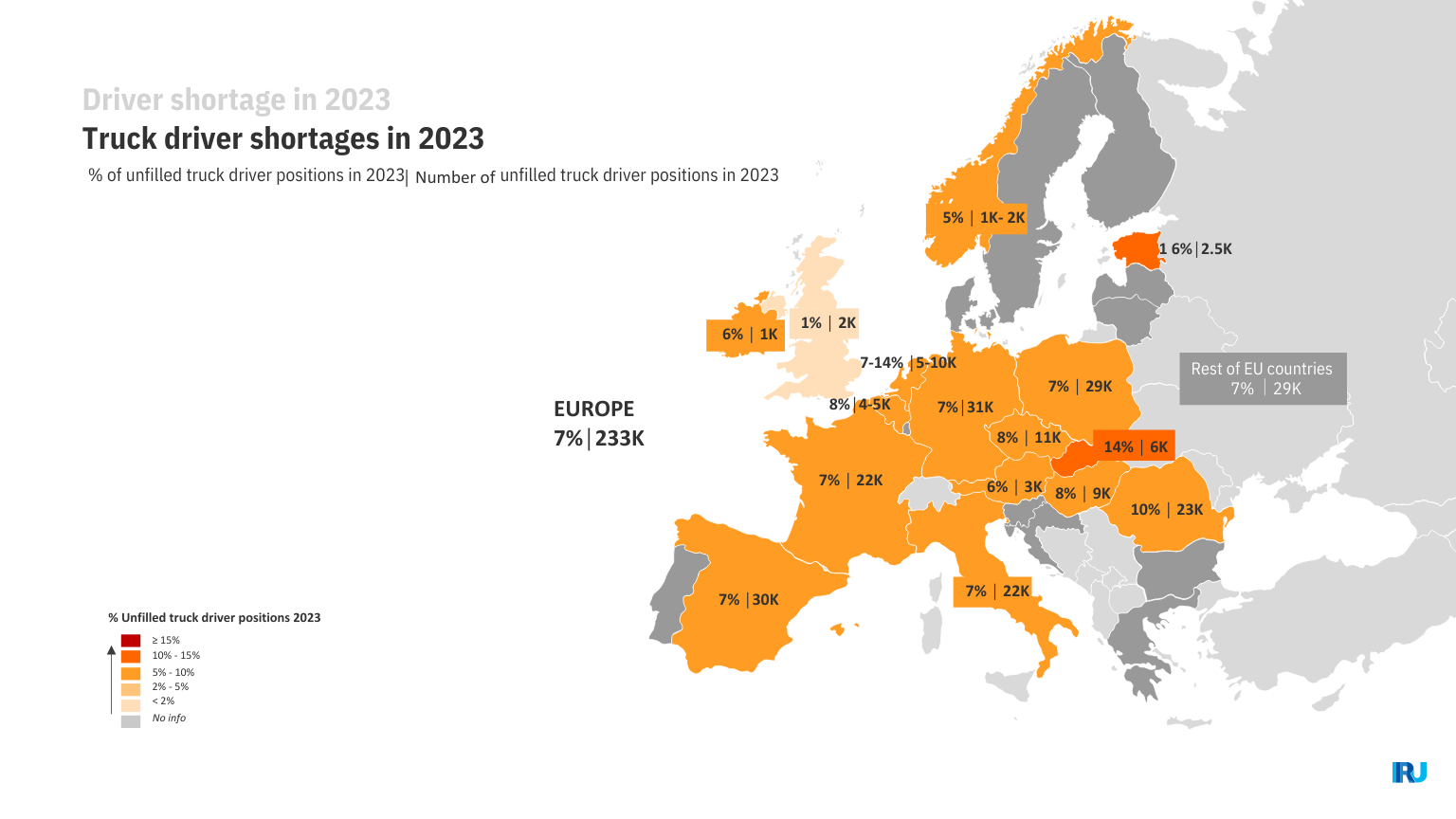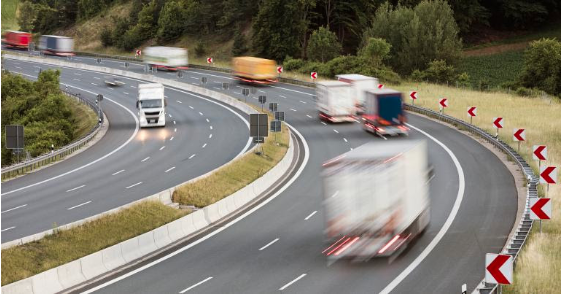More than half of European trucking companies are unable to expand their business because they can’t find skilled workers due to the shortage of truck drivers, according to IRU’s 2023 study surveying over 1,000 European road goods transport operators.
 Other consequences of the shortage include reduced productivity for nearly 50 per cent of companies and a decline in revenue for 39 per cent.
Other consequences of the shortage include reduced productivity for nearly 50 per cent of companies and a decline in revenue for 39 per cent.
The EU, Norway and the UK are together missing over 233,000 truck drivers. This is projected to exceed 745,000 by 2028 due to retiring drivers if no significant action is taken.
The European truck driver profession has an ageing population with an average age of 47. One third of truck drivers are over 55 and expected to retire in the next ten years, while less than 5 per cent are below 25 years of age.
Operators pursuing solutions
More than 70 per cent of European companies are pursuing measures to retain and attract drivers.
Over half of operators are providing performance rewards and increasing salaries to better retain and attract drivers. In Europe, on average, the gross salary of a truck driver is 55 per cent higher than the national minimum wage, reaching as high as 233 per cent in the Netherlands.
Other measures being implemented by operators include investing in better vehicles (44 per cent), covering costs to access the profession (35 per cent) and providing upskilling opportunities (25 per cent).
The high cost of obtaining a truck driving licence and professional qualifications in Europe, which is on average 3.7 times greater than the average monthly minimum wage, constitutes a significant barrier to attracting people to the profession, especially young people.
IRU Director of EU Advocacy Raluca Marian said, “IRU’s latest European truck driver shortage report clearly demonstrates that road freight companies, and consequently EU trade, are being impaired by the shortage of drivers. It’s also clear that companies are doing everything they can to attract and retain more drivers.
“While the causes behind the shortage of drivers are diverse, the EU and governments must play their role in eliminating barriers to entry and supporting more attractive working conditions.
“Regarding barriers, for example, the ‘school-to-wheel gap’ should be closed by allowing 17-year-olds to gain driving experience alongside a driver-trainer, and the recognition of third-country driving licences and qualifications should be harmonised at the EU level. Drivers’ resting conditions should also be improved, including by building more safe and secure parking.”
Low women participation
Only 4 per cent of European truck drivers are women. Germany (7.2 per cent ), Romania (6.1 per cent ) and France (4.5 per cent ) have the highest shares of women truck drivers. The availability of secure working conditions and access to well-equipped rest zones are the primary concerns for women. Improving them is key to attracting more women to the profession.
About the report
IRU’s 2023 European truck driver shortage provides regional and national level breakdowns of the chronic shortage of truck drivers. The report also details the economic and demographic trends behind the shortage, the barriers to entry, including legislative obstacles, the challenges limiting the attractiveness of the profession, as well as the solutions implemented in response by governments and road transport associations and companies.



